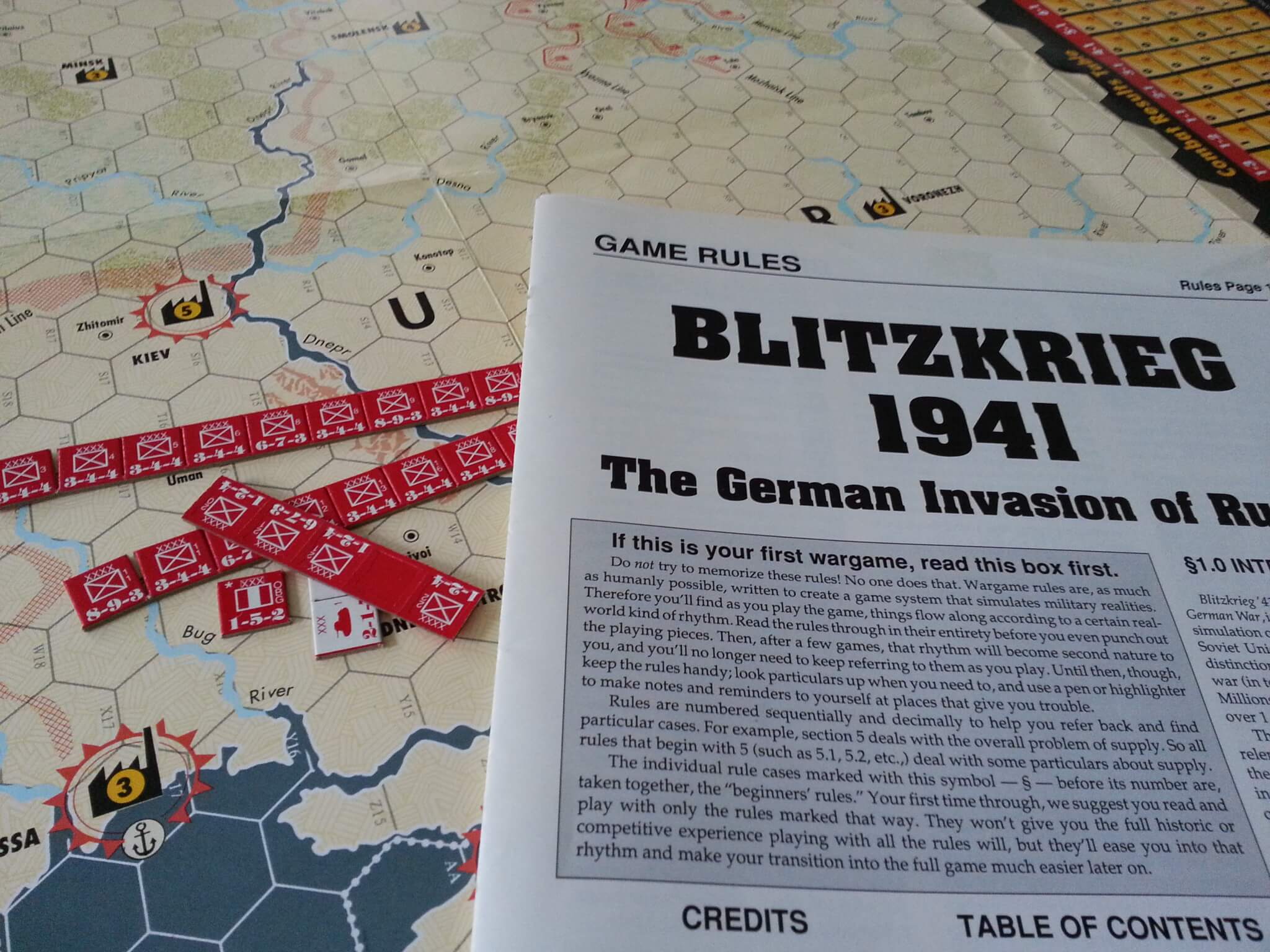UNIVERSITY OF CALGARY
Ten Principles of Soviet Operational Art:
Red Army Operations in Theory and Practice, 1936-1942
by Kevin M. Brisson
A THESIS SUBMITTED TO THE FACULTY OF GRADUATE STUDIES
IN PARTIAL FULFILMENT OF THE REQUREMENTS FOR THE
DEGREE OF MASTER OF MILITARY AND STRATEGIC STUDIES
CENTRE FOR MILITARY AND STRATEGIC STUDIES
CALGARY, ALBERTA
SEPTEMBER, 2014
Note from Kev:
This is a summary of a 176 page thesis that outlines the ten core principles of Soviet Operational Art and uses the 1941 Smolensk Counter Offensive and Operation Uranus in 1942 as two operations that highlight ineffective and effective usage of the principles. I thought I would share just the summary here for reader interest and those wanting to learn a little more about the Operational Art of War.
The ten principles of Soviet operational art I have identified were extrapolated from the Red Army’s 1936 Provisional Field Regulations. They are (1) simultaneity, (2) combined arms, (3) surprise, (4) tempo,(5) mass, (6) shock, (7) command, control, and intelligence, (8) Depth, (9) mobility, and (10) pursuit.
As an attribute of offensive doctrine, simultaneity, understood as the concurrent wide-scale employment of combined armies across a broad front—in both the initiation and continuity of deep battle and deep operations—was given considerable emphasis throughout the manual. Moreover, the application of simultaneity as a means of achieving depth had been long recognized by Soviet planners as an essential ingredient to deep battle and deep operations. It thus seems prudent to begin this discussion with an examination of its tactical and operational significance.
Another prominent principle present throughout the manual is that of combined arms. Whatever the various arrangements of arms within a given type of formation, its combat potential became all the greater when launched against an enemy caught unawares of its sudden intentions and presence.
The element of surprise is consistently underscored by the 1936 Regulations as an important criteria for battlefield success; in it, Red Army staff officers responsible for planning military activities of operational scope were frequently urged to employ measures necessary to avoid detection by the neighboring enemy prior to engagement (e.g. to engage in maskirovka). Striking an enemy when he is caught unawares confers upon the attacker a valuable advantage. Lack of diligence in maintaining surprise compromised an offensive’s chance for success, since an opponent aware of an impending 18
attack will make vigilant preparations to receive it. Thus, a prepared enemy is a much more dangerous adversary than a surprised one.
As a concept, tempo is generally understood in terms of time and distance, two measures traditionally used in assessing the rate of progress. Time constraints imposed upon commanders supervising offensive operations in depth dictated that forces move aggressively towards objectives before enemy units can react to interrupt its momentum. The vast distances traversed by mechanized units and motorized troops—combined with numerous objectives designated for seizure or destruction within those operational areas—also makes obvious the need to have available large numbers of tanks and vehicles.
While mass was viewed as a means of introducing numerous armies throughout the enemy depth, there remained the challenge of how to deliver the requisite force needed to combat enemy formations defending against them.
The continuous projection of offensive power throughout the duration of deep operations ensured that initiative was maintained to the benefit of friendly forces throughout the depth of the enemy defense zone. Though overwhelming shock could paralyze the enemy, it could only do so temporarily. Given sufficient time, the enemy—with the arrival of fresh reinforcements from reserves located in the rear—could potentially contain incoming offensive forces if the latter failed to seize objectives which would allow the defender to recoup.
Orchestrating the multitude of units and sub-units making up the many formations necessitated a high degree of command, control, coordination and information on the part of senior commanders. In its effort to address the complexities involved, the 1936 Regulations devoted considerable content to how staff officers were to deal with both expected and unforeseen developments, to ensure that changes made throughout the course of deep battle did not jeopardize operational success. 19
While striking into the enemy’s immediate flank and rear was obvious for tactical success, the manual stressed that objectives situated further out into the operational depth of the enemy defense zone were paramount. Whether it is within the tactical, operational, or strategic depth, this area represents an opponent’s most vulnerable area. The presence of numerous hostile forces operating throughout the depth of an enemy’s defensive position was, for the attacker, to acquire a powerful advantage.
Reaching objectives within the enemy’s depth demanded that offensive forces possess a high degree of mobility. Moreover, mobility allowed attacking units to conduct maneuvers capable of placing them in a more favorable position at the enemy’s expense. Further, with the timely injection of strong forces throughout the tactical and operational depth, enemy defense became untenable.
In the event that the enemy is forced to retreat, the 1936 Regulations strongly urged relentless pursuit of withdrawing forces. As we shall see, pursuit was aggressively practiced by Soviet field commanders. In fact, it became one of the most distinguishing features of deep operational art.

Kev, most countries have what are called “Principles of War,” and the U.S. is no exception. I learned them as a cadet in college, although I am not sure how much they are taught in the war colleges now…they may no longer be in vogue. For a quick fix, Wikipedia has a great page: https://en.wikipedia.org/wiki/Principles_of_war with links for many countries, plus the historical genesis of them.
Roger that. I understand. I collect articles on Op Art from most nations. I’m interested in how and when and if the concepts can be reasonably applied to my studying of wargames and against my opponents.
